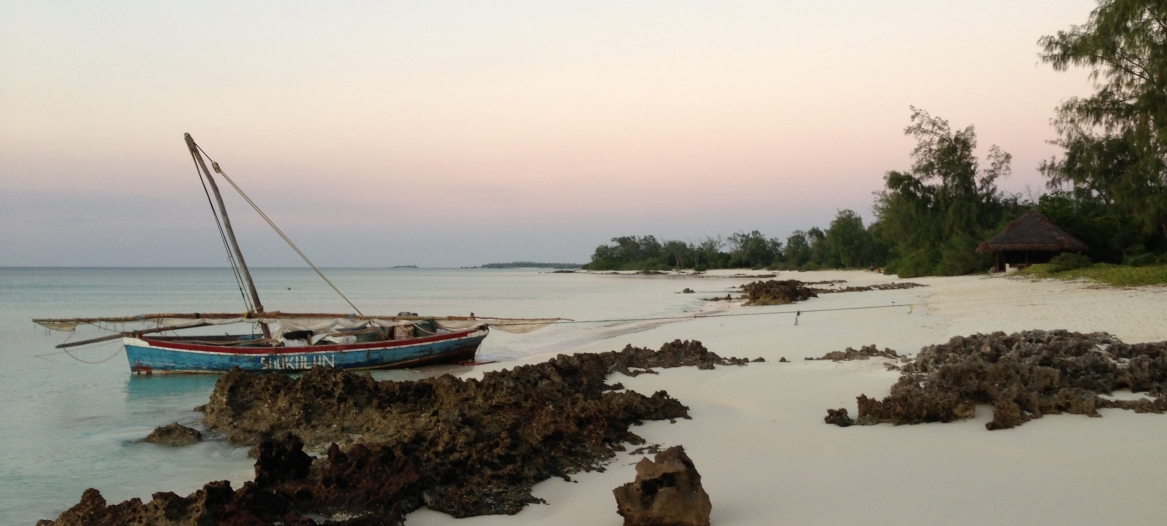Marine Sanctuary
Vamizi and the surrounding islands represent one of the world’s most important regions of bio-diversity, with over 180 different species of coral and more than 300 species of reef fish recorded to date.
In recognition of the international value of the Vamizi ecosystem and its importance to the livelihoods of local communities, the local Fisheries Council has established a marine sanctuary that surrounds much of the eastern side of the island. The Friends of Vamizi and its Research Center have been integral to this process.
The Marine Sanctuary extends three kilometres out to sea and represents a ‘no-take’ fishing zone. It is policed by the local Fisheries Council (CCP) and represents one of the only working models of conservation through cooperation with the community, government and tourism in Mozambique.
Research which has been conducted since before the establishment of the sanctuary shows the existence of a significant and consistent positive effect on the abundance and distribution of reef fish in the sanctuary. Six years after its establishment, both herbivorous and piscivorous fish are more abundant inside the reserve than outside, whereas previously no difference existed. Most importantly, fish abundance or levels outside the sanctuary have not decreased since the establishment of the reserve, despite the pressure coming from fisheries. Moreover, a spill over effect was detected for herbivorous fish, demonstrating the benefit of the protected area to the fishing grounds surrounding it. Good numbers of herbivores are a sign of reef resilience to climate change. In the context of Marine Protected Areas (MPAs), protection and recovery of herbivorous fish is of major importance to the conservation and recovery of coral cover and health.
A further great importance of the Sanctuary are the very rare coral mas spawning events, which regularly occur on Vamizi.
A study conducted by Erwan Sola (a Mozambican PhD student at the University of KwaZulu Natal), has shown that over ten species of Acropora coral contribute to Vamizi’s annual coral mass spawning. On most reefs coral species spawn at different times, but in Vamizi on one or two nights a year only, ten species spawn at the same time, releasing their gametes in what can only be described as underwater fireworks. Because individuals from the same species spawn at the same time, there is a greater chance of fertilization, which leads to a higher number of larvae bring produced. The reefs around Vamizi have a high turnover, with a great number of individuals being recruited to the population each year. The same study has also looked at larvae dispersion, and preliminary results seem to show that currents and winds keep most of the larvae inside the bay around Vamizi, another factor which might explain why these reefs are so resilient and seem to be growing.

